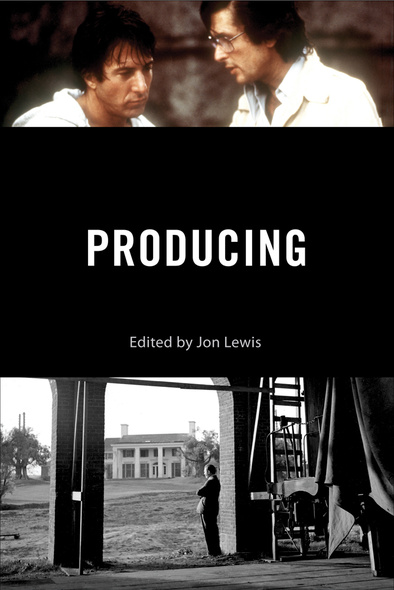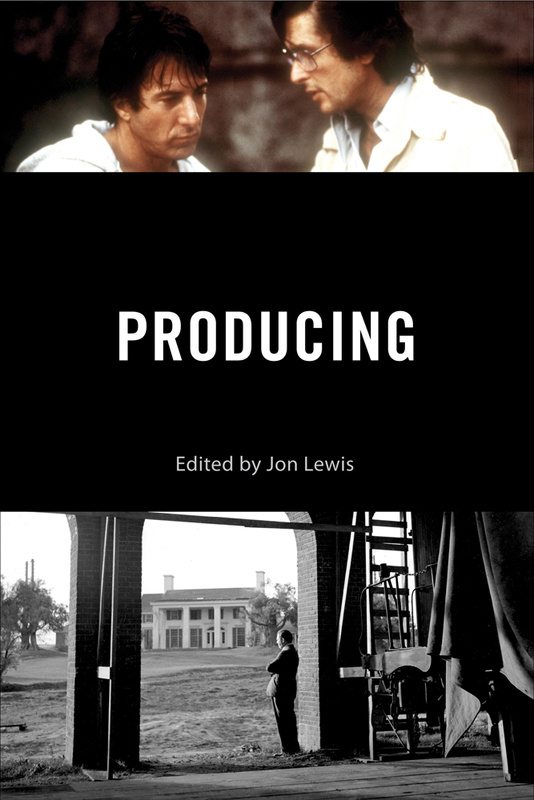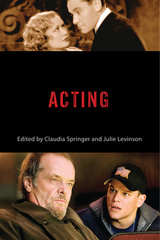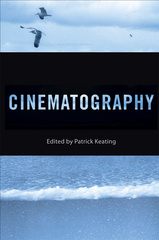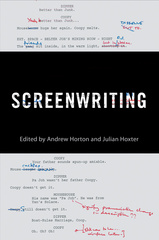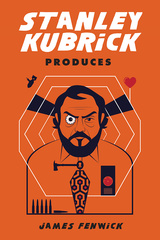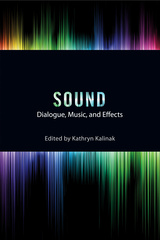Our shopping cart is currently down. To place an order, please contact our distributor, UTP Distribution, directly at utpbooks@utpress.utoronto.ca.
Of all the job titles listed in the opening and closing screen credits, producer is certainly the most amorphous. There are businessmen (and women)-producers, writer-director- and movie-star-producers; producers who work for the studio; executive producers whose reputation and industry clout alone gets a project financed (though their day-to-day participation in the project may be negligible). The job title, regardless of the actual work involved, warrants a great deal of prestige in the film business; it is the credited producers, after all, who collect the Oscar for Best Picture. But what producers do and what they don’t or won’t do varies from project to project.
Producing is the first book to provide a comprehensive overview of the roles that producers have played in Hollywood, from the dawn of the twentieth century to the present day. It introduces readers to the colorful figures who helped to define and reimagine the producer’s role, including inventors like Thomas Edison, moguls like Darryl F. Zanuck, entrepreneurs like Walt Disney, and mavericks like Roger Corman. Readers also get an inside look at the less glamorous jobs producers have often performed: shepherding projects through many years of development, securing financial backers, and supervising movie shoots.
The latest book in the acclaimed Behind the Silver Screen series, Producing includes essays written by seven film scholars, each an expert in a different period of cinema history. Together, they give readers a full picture of how the art and business of producing films has changed over time—and how the producer’s myriad job duties continue to evolve in the digital era.
This valuable resource will benefit a wide range of film students and scholars. Highly recommended for fans of Hollywood history and those with an interest in the 'business' side of creativity.
This addition to the 'Behind the Silver Screen' series brings together seven film scholars whose deft use of history and narrative reveal practical realities behind the amorphous, enigmatic role of the film producer in the US.
From Samuel Arkoff to Adolph Zukor, Producing gives us a model for examining this most misunderstood position in the movie hierarchy, and for analyzing the history and historiography of executive labor in Hollywood.
Producing is an invaluable contribution to film studies – and to American film history – that sheds some serious light on the single most undervalued and misunderstood role in Hollywood filmmaking.
JON LEWIS is the distinguished professor of film studies at Oregon State University. The former editor of Cinema Journal, he has published eleven books, including The Road to Romance and Ruin: Teen Films and Youth Culture; Whom God Wishes to Destroy…Francis Coppola and the New Hollywood; and Hollywood v. Hard Core.
Acknowledgments
Introduction
Jon Lewis
1 The Silent Screen, 1895–1927
Mark Lynn Anderson
2 Classical Hollywood, 1928–1946
Joanna E. Rapf
3 Postwar Hollywood, 1947–1967
Saverio Giovacchini
4 The Auteur Renaissance, 1968–1980
Jon Lewis
5 New Hollywood, 1981–1999
Douglas Gomery
6 The Modern Entertainment Marketplace, 2000–Present
Bill Grantham and Toby Miller
Academy Awards for Producing
Notes
Selected Bibliography
Notes on Contributors
Index
Introduction
Jon Lewis
1 The Silent Screen, 1895–1927
Mark Lynn Anderson
2 Classical Hollywood, 1928–1946
Joanna E. Rapf
3 Postwar Hollywood, 1947–1967
Saverio Giovacchini
4 The Auteur Renaissance, 1968–1980
Jon Lewis
5 New Hollywood, 1981–1999
Douglas Gomery
6 The Modern Entertainment Marketplace, 2000–Present
Bill Grantham and Toby Miller
Academy Awards for Producing
Notes
Selected Bibliography
Notes on Contributors
Index

